Hello everyone,
Today is a beautiful day in the central of Vietnam, with lovely sunshine after the rainy season, and I'd like to write something special about a very remote area—one of the most stunning villages in Vietnam called Tan Hoa.

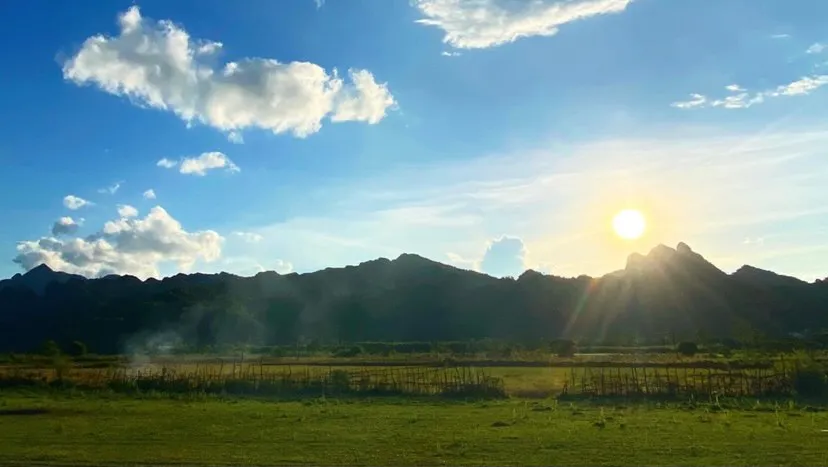
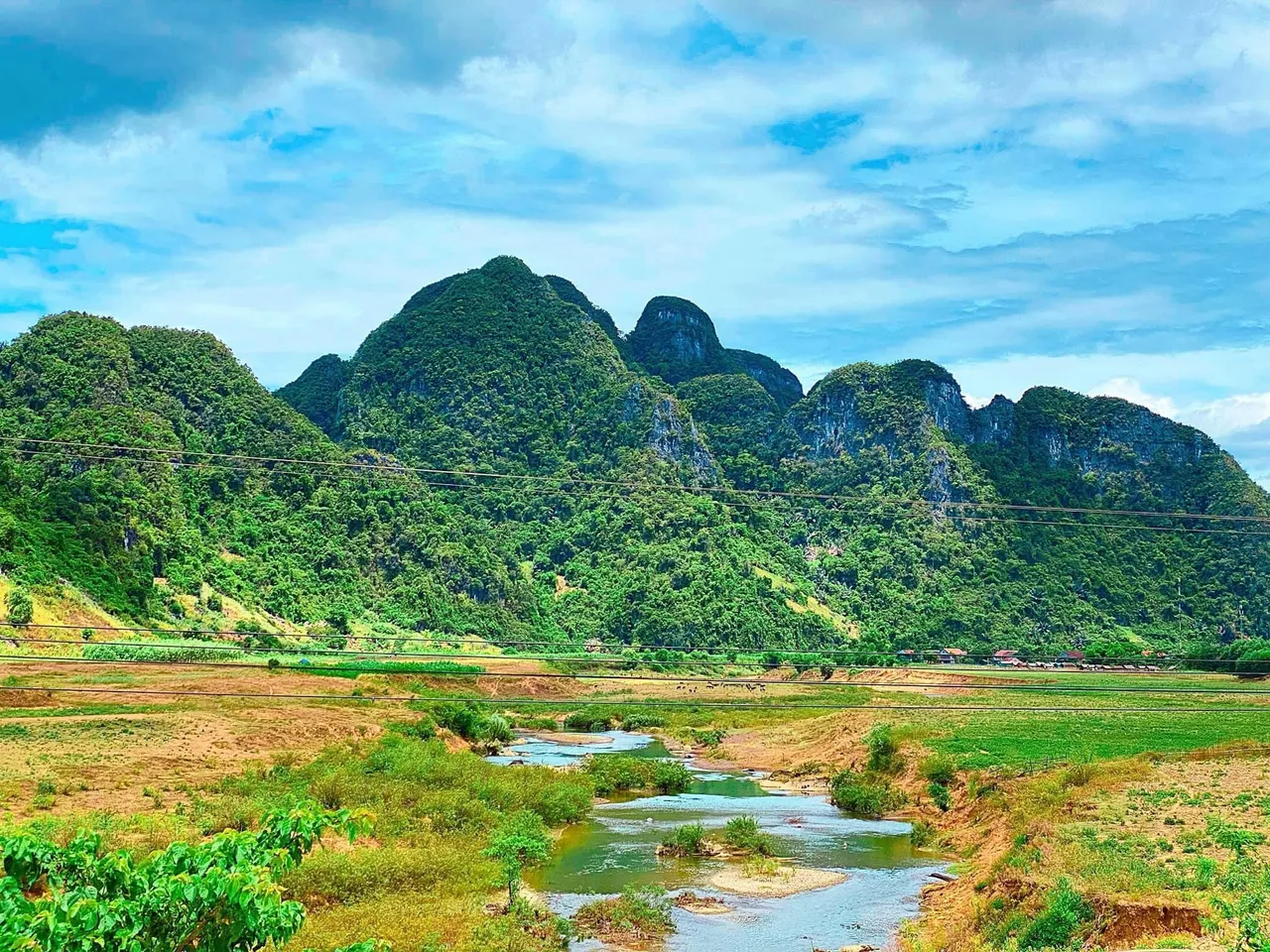

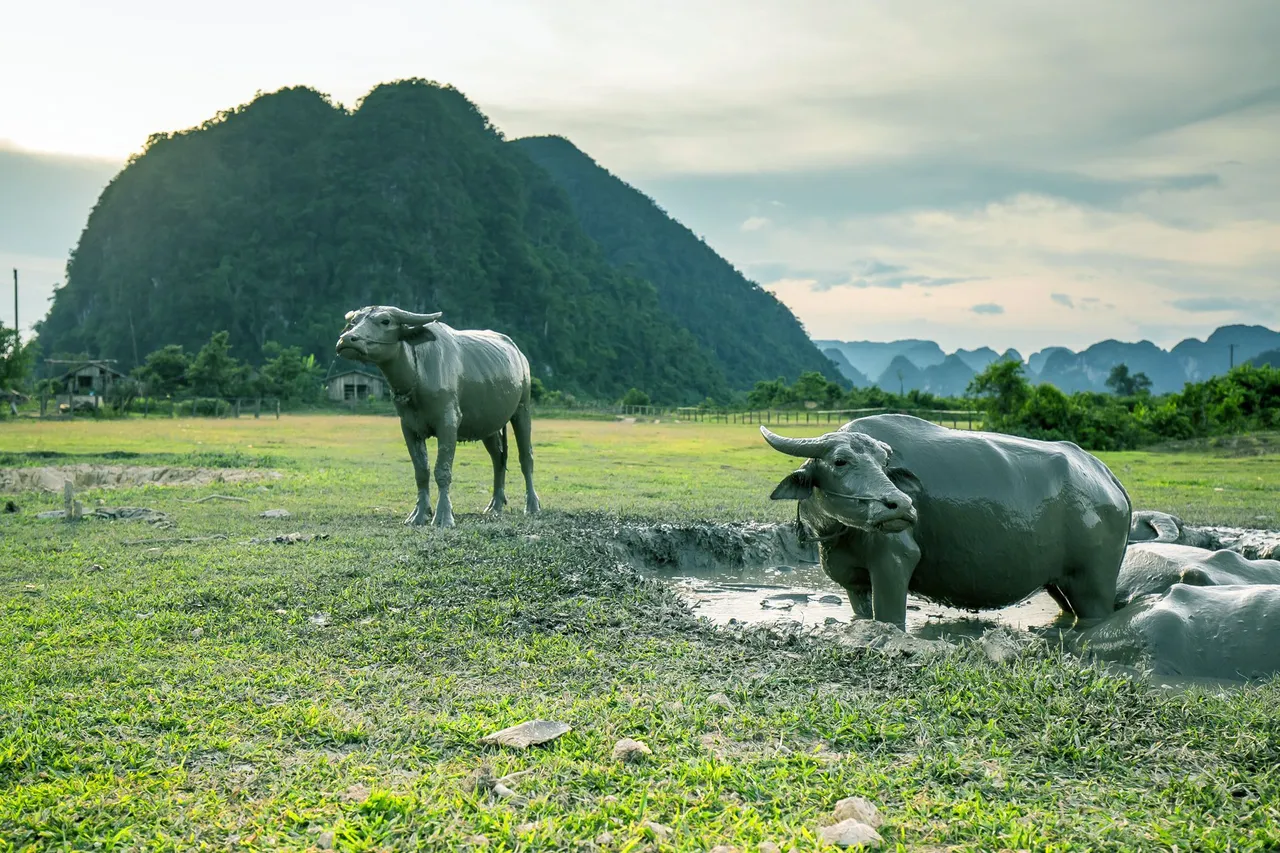
If Quang Binh is too well-known for destinations such as the Phong Nha cave system, Thien Duong, or Mooc spring. Tan Hoa commune of Minh Hoa highland district, on the other hand, can take any visitor's breath away, at first sight, particularly those who enjoy travelling to explore the spectacular and adventurous nature. If you like convenient services and a variety of exciting entertainment options, Tan Hoa is not for you. However, if you prefer homestay tourism to learn about local culture, outdoor sports activities like trekking and cave exploration, Tan Hoa is absolutely a paradise for you.
Tan Hoa is surrounded by limestone mountains and separated from the mainland by the Nan River, and the headwaters near the Laos border. It is located in Minh Hoa district, Quang Binh province, Vietnam, about 50 kilometres west of the Laos border. The residents of this village also known as Nguon People, which has a population of about 3000 people and covers an area of more than 72 square kilometres, have their own culture and language. Making it such a unique place in Vietnam.
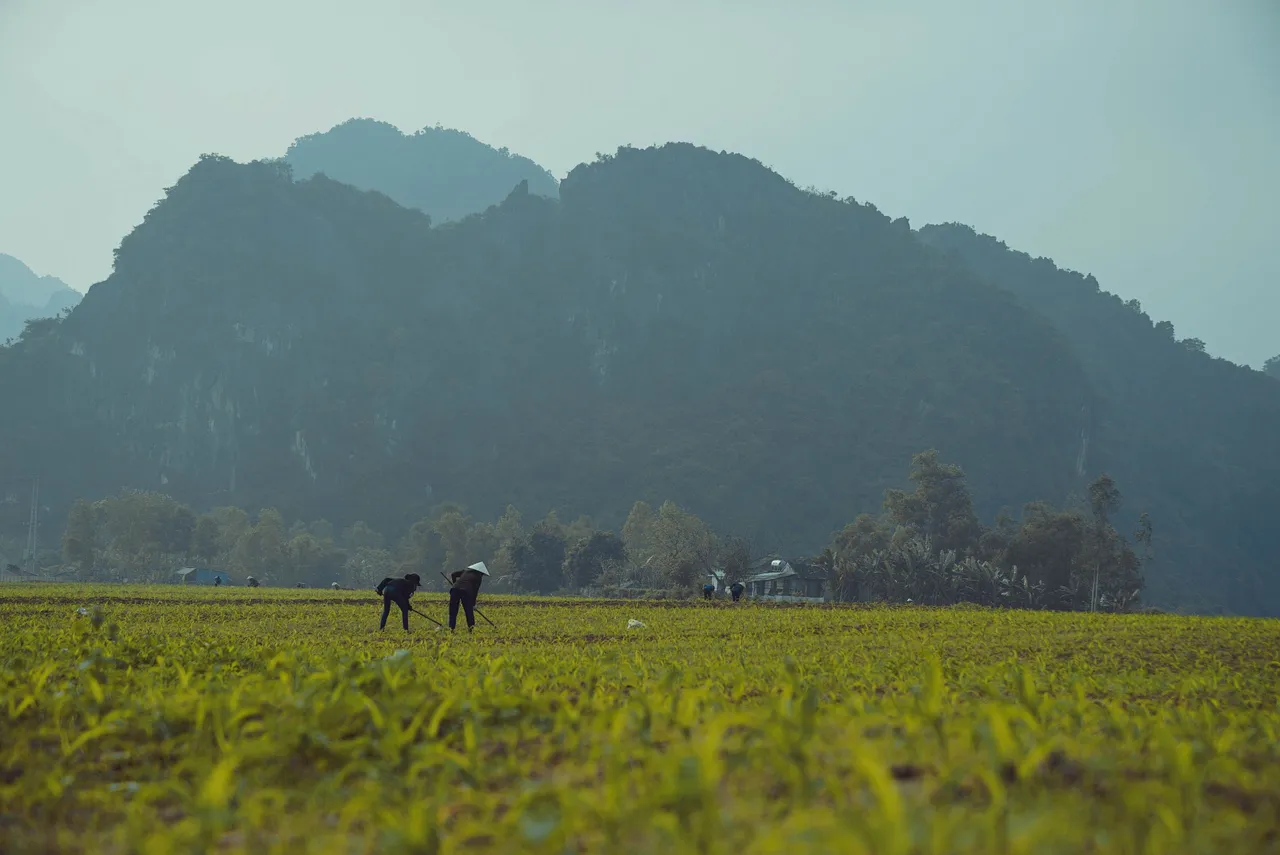
Locals here are extremely friendly and welcoming. They live together peacefully and have high regard for their grandparents and parents. They are always willing to help one another out, such as with weddings, funerals, and house construction.
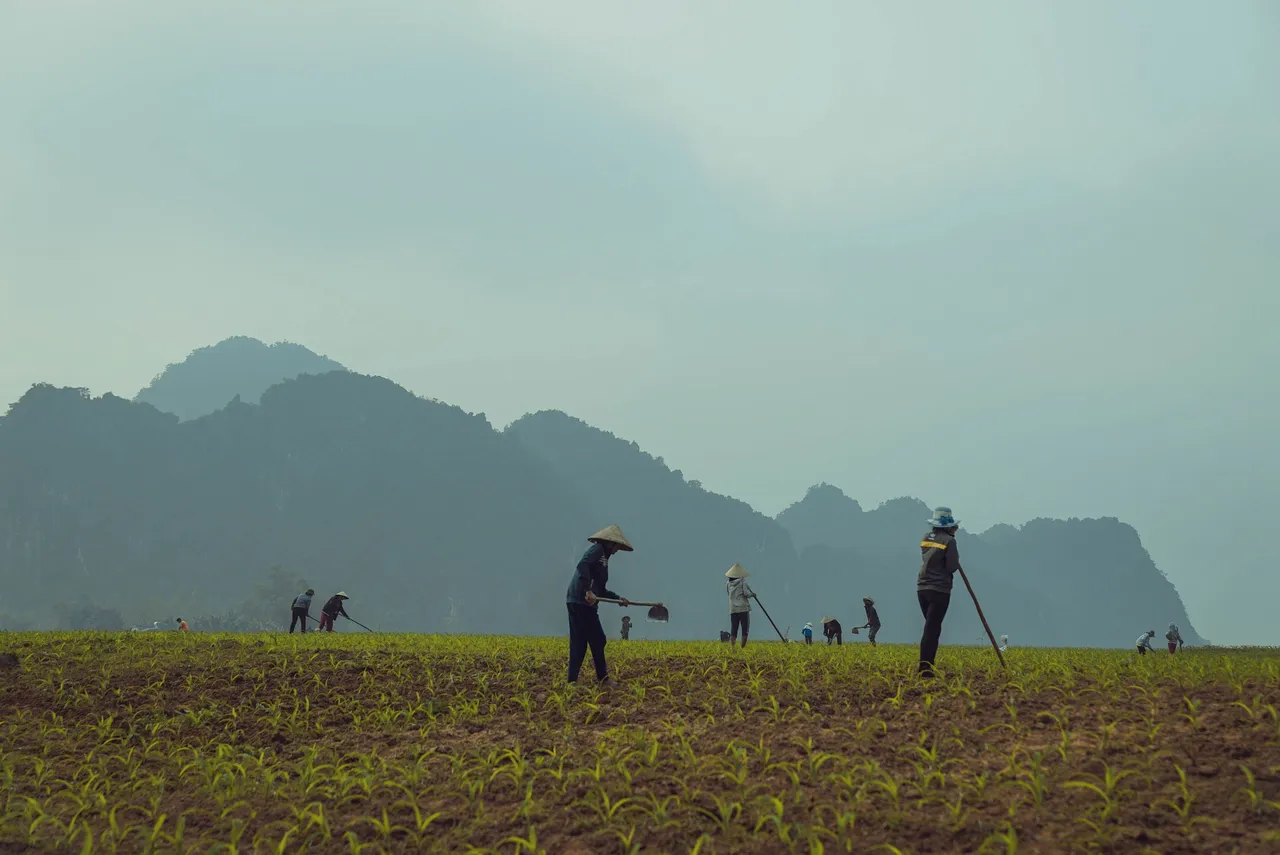
They commemorate the "alive anniversaries" of their parents and grandparents. (We're marking a death anniversary.) For a long time, they hunted animals and gathered wild plants. They have now moved away from hunting and gathering and toward livestock raising and cultivation. They have enough land to cultivate corn, peanuts, rice, beans, and, most importantly, eucalyptus.

The area not only has a natural landscape advantage, but it is also a place to preserve many outstanding cultural values and historical relics, as well as the living place and cultural interference of ethnic minorities such as Kinh, Chut, and Bru Van Kieu, especially Nguon people. The name "Nguon" appears because they live and build their lives upstream. (In Vietnamese, Nguon means "upstream.").
When talking about Tan Hoa, it's impossible not to mention the full moon festival in March, which is a large festival steeped in local identity.
Thang Ba, also known as the Full Moon Festival, is held every year on March 15th in Quy Dat town (lunar calendar). Listening to the drums and getting lost in the hustle and bustle of the festival is an unforgettable experience. Com Poi (Cornbread) is a traditional Nguon dish that pairs well with the region's boiled snails. Corn powder, bean powder, sticky rice powder, cassava powder, bamboo shoots, and banana leaves are among the ingredients
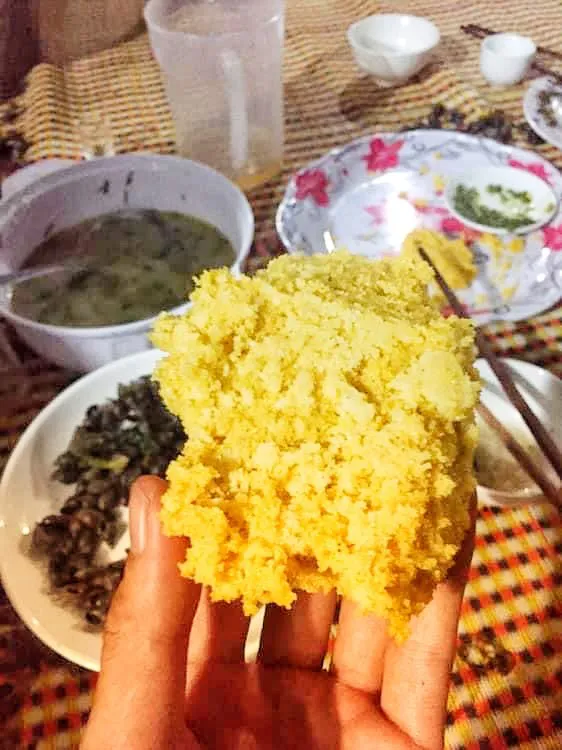
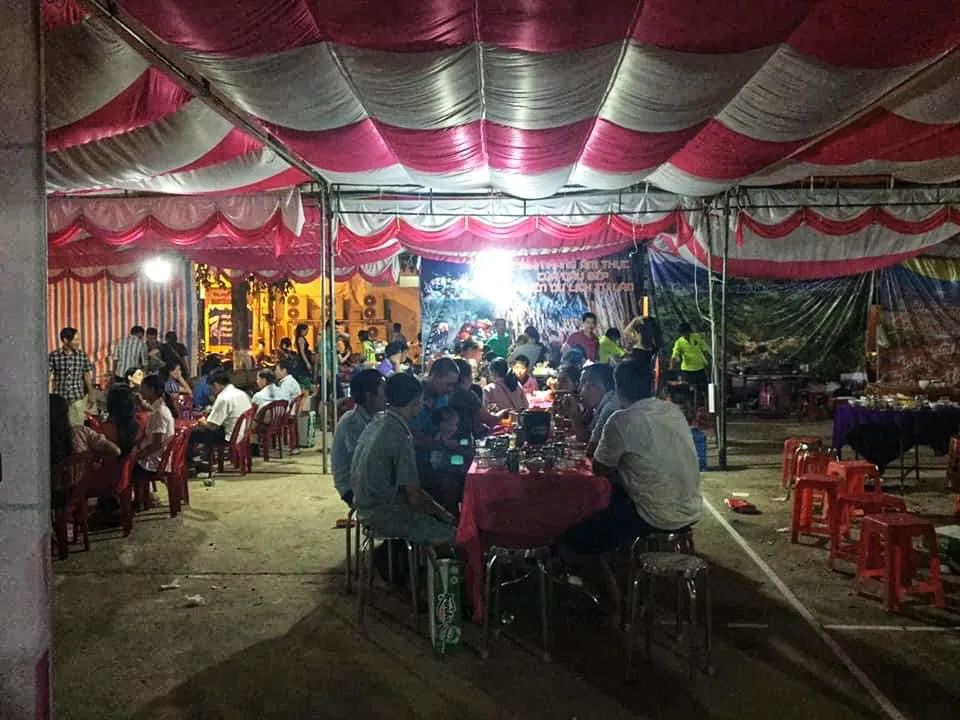
It is also a heavily flooded area that is subjected to natural disasters every rainy season since the area is located in the valley. After many seasons of this, locals decided to build floating houses for the flood season. Floating houses are typically 15-20 m2 in size, built with wooden frames and covered in iron or wood. The plastic or iron drums secured beneath the houses allow them to float. The houses can accommodate up to six people, as well as vehicles, agricultural products, and other assets.
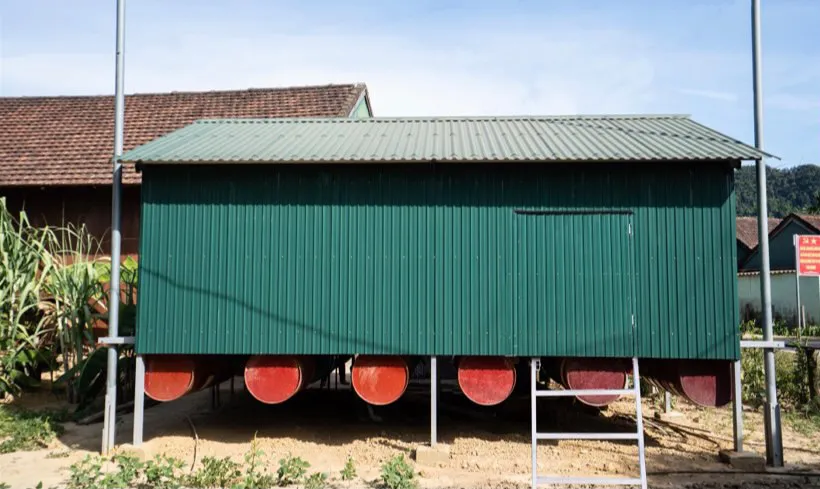
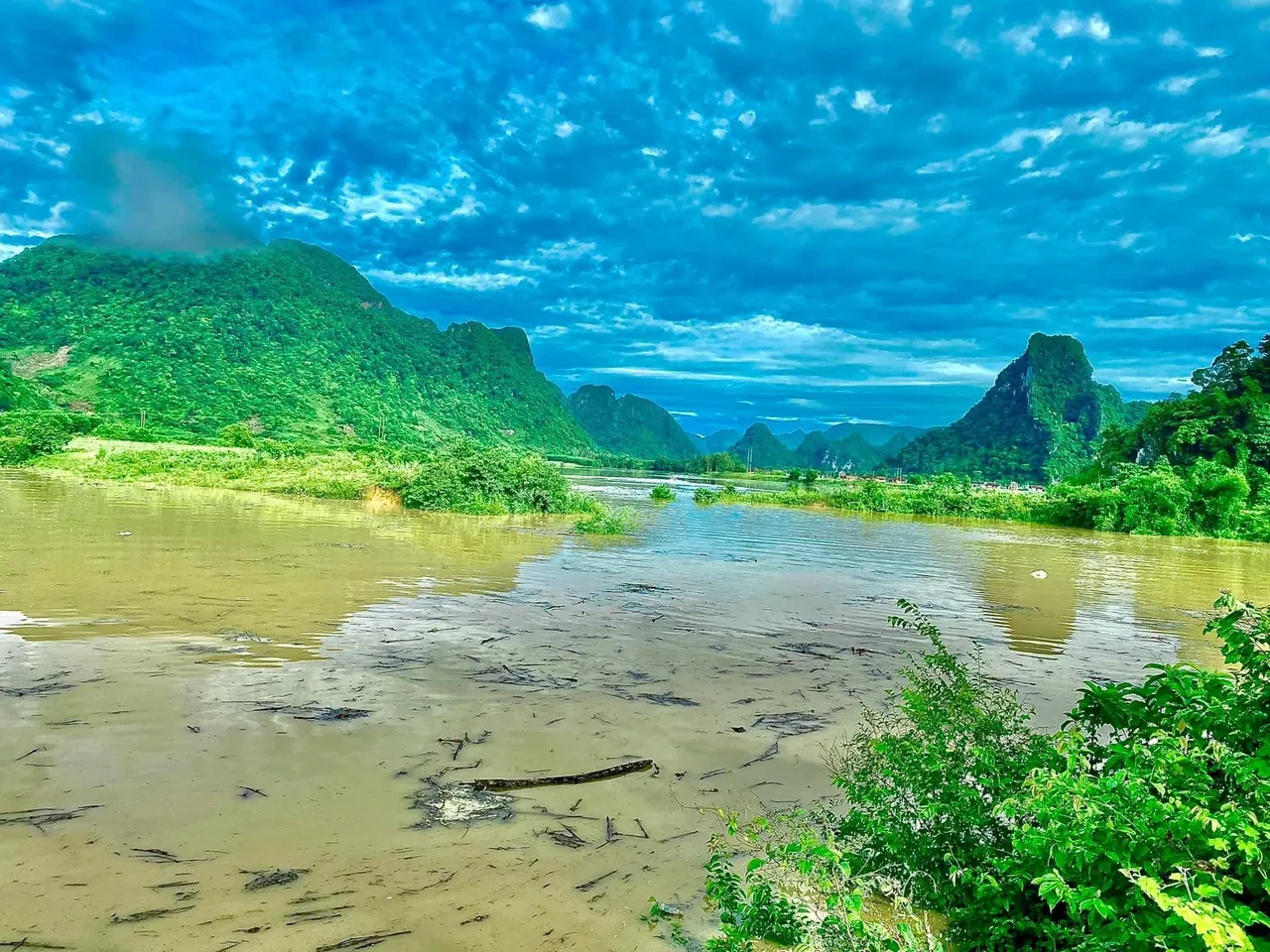
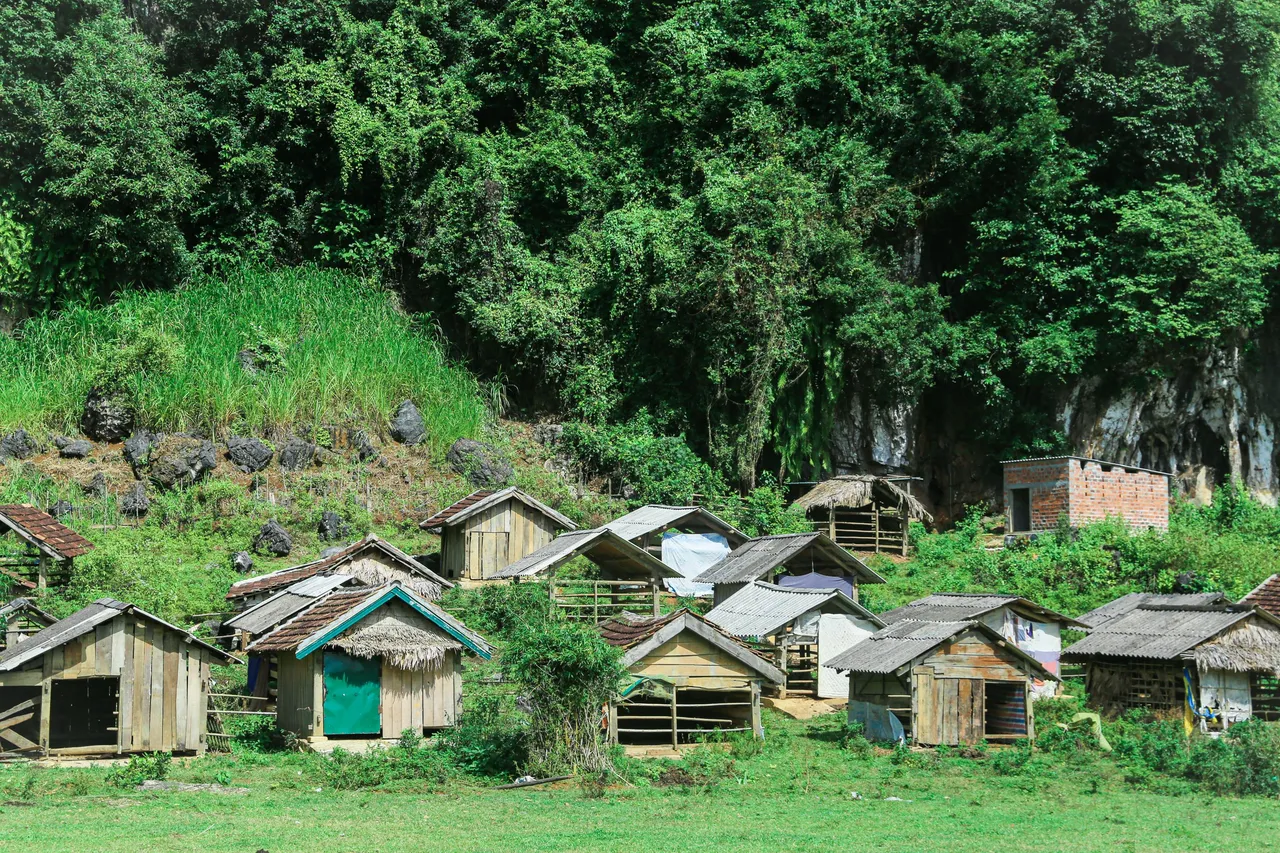
[//]:# (!pinmapple 17.768853 lat 106.050325 long d3scr)